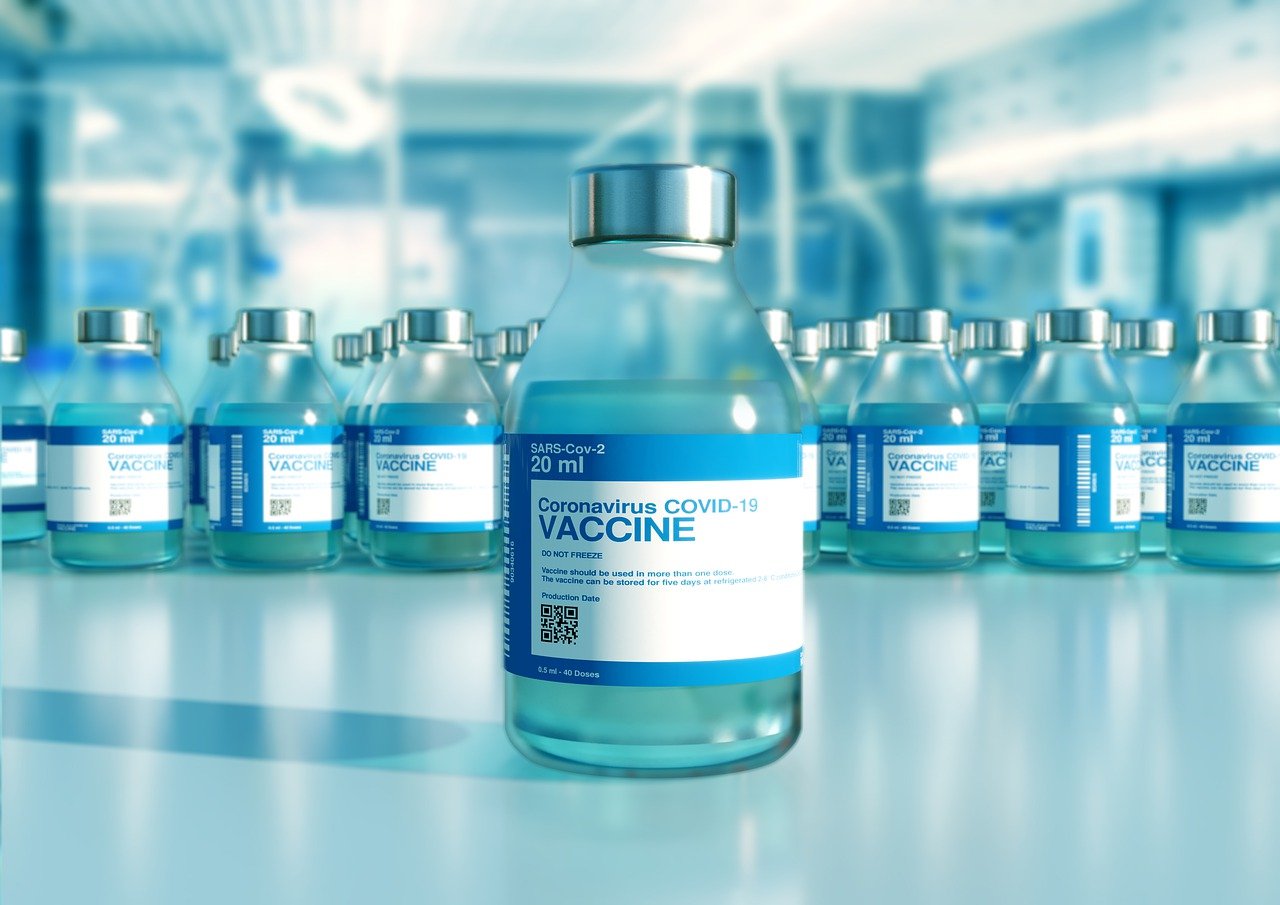Mice exaggerate and monkeys lie, some researchers jokingly say. (Or is it the other way around?)
Testing on rodents and animals is a typical early step in creating medications, and several multiple sclerosis news sites publish articles about these studies. It’s interesting to read what researchers are studying and the experimental MS treatments they hope will work, especially when it comes to the holy grail of MS treatments which, in my opinion, is remyelination.
But reader beware. The odds of an experimental treatment making it from mouse or monkey to human are very low.
According to a 2014 study published in the American Journal of Translational Research, less than 8% of cancer treatments make it from animal studies into a clinical setting, where they’re tested on people. And according to a study published in the July 2022 issue of Acta Pharmaceutica Sinica B, only 10% of the medications in those clinical trials make it through to government approval.
The researchers in this latter article cite four possible reasons for these failures: the experimental treatment lacks clinical efficacy, toxicity problems couldn’t be managed, the drug’s chemical properties have problems, or there’s too little commercial need for the medication.
Animal studies take time
A lot of people understand the limitations of early medical research — but many don’t. I regularly read comments on social media sites from people who read an article about a mouse study and think the experimental treatment will be available quickly. Some traditional news organizations also have this problem at times when reporting about early studies.
“On average, it takes a drug about 12 years to get from discovery to market,” according to an article in the Muscular Dystrophy Association’s Quest magazine. A clinical trial alone can take five to seven years. Then, if all goes well, government approval is sought. The article reports “only about one drug in 10,000 actually makes it.”
No wonder some researchers joke about mice and monkeys lying and exaggerating.
What do you think?
A few years ago, James Heathers’ tongue-in-cheek feed on Twitter, now known as X, was concerned about the misinterpretation of mouse studies. In a column in the online magazine Medium, Heathers explained, “Reporting pre-clinical research as something that’s directly relevant to people in the here and now is like pointing at a pile of two-by-fours and a bag of tenpenny nails and calling it a cottage.”
Is he right? Do you read mouse and animal studies? Do you think an average reader understands their limitations?
(A version of this post first appeared as my column on the MS News Today website.)
(Photo by SAIYED IRFAN A from Pixabay)



